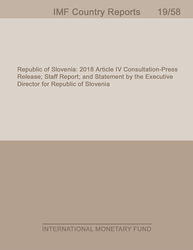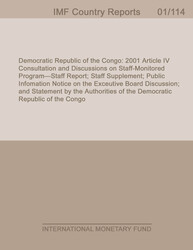
France: 2015 Article IV Consultation - Press Release; Staff Report; and Statement by the Executive Director for France
KEY ISSUESContext. After several years of near-stagnation, France's economy is recovering, supported byan accommodative external environment, in particular lower oil prices, a depreciated euro, and low interest rates. However, structural rigidities continue to weigh on France's medium-term growth potential, estimated to average just 1.2 percent, despite steady labor force growth.Policies. The fiscal strategy has rightly shifted to expenditure-based consolidation, but nominal spending containment has not yielded the intended savings in a low growth and inflation environment. Important progress has recently been made on structural reforms, notably by reducing the labor tax wedge and advancing on supply-side reforms. Further efforts are needed to address high unemployment, growth bottlenecks, and record-high public spending.Spending-based fiscal consolidation. To ensure that medium-term fiscal objectives are met, general government primary spending should be kept flat in real terms, starting in 2016. This would deliver structural adjustment of ½ percent of GDP per year, and place public debt on a downward trajectory by 2017. Spending containment should shift to higher quality structural measures based on broad-based expenditure reviews at all levels of government—notably staffing reform, institutional streamlining and tighter budget constraints for local governments, better targeting of social benefits, and a further increase in the effective retirement age.Combating unemployment. Building on recent reforms, broad-based efforts are needed to reduce the high level of structural unemployment and accelerate job creation. Flexibility for social partners to agree at firm level on hours and wages should be expanded. Annual increases in the minimum wage should be limited to inflation as long as unemployment remains high. Job search incentives should be strengthened for recipients of unemployment and welfare benefits. Education and training resources should be better targeted to the youth and the unemployed.Removing growth bottlenecks. The recent momentum on product market reforms should be maintained. Further removing barriers to competition in services would help provide better incentives for innovation and productivity growth. Disincentives for firms to grow beyond certain employee thresholds should be reduced and the process for cutting red tape be made more effective. Further efforts are also needed to alleviate constraints on the supply of affordable housing.Financial sector. The financial sector should continue to adapt to a changing macroeconomic and regulatory environment. The guaranteed interest rates on regulated savings deposits shouldbe reduced, and tax incentives for savings and insurance products reviewed.
Publication date: July 2015
ISBN: 9781513545912
$18.00
Add to Cart by clicking price of the language and format you'd like to purchase
Available Languages and Formats
| English |
Prices in red indicate formats that are not yet available but are forthcoming.
Topics covered in this book
This title contains information about the following subjects.
Click on a subject if you would like to see other titles with the same subjects.
Money and Monetary Policy , International - Economics , Public Policy ,
Also of interest
Summary
Copyright © 2010 - 2026
Powered by:
AIDC



